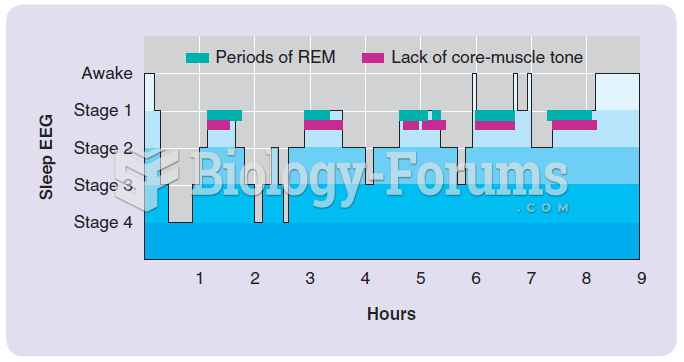|
|
|
Prostaglandins were first isolated from human semen in Sweden in the 1930s. They were so named because the researcher thought that they came from the prostate gland. In fact, prostaglandins exist and are synthesized in almost every cell of the body.
After 5 years of being diagnosed with rheumatoid arthritis, one every three patients will no longer be able to work.
Though the United States has largely rejected the metric system, it is used for currency, as in 100 pennies = 1 dollar. Previously, the British currency system was used, with measurements such as 12 pence to the shilling, and 20 shillings to the pound.
Eat fiber! A diet high in fiber can help lower cholesterol levels by as much as 10%.
More than 4.4billion prescriptions were dispensed within the United States in 2016.







